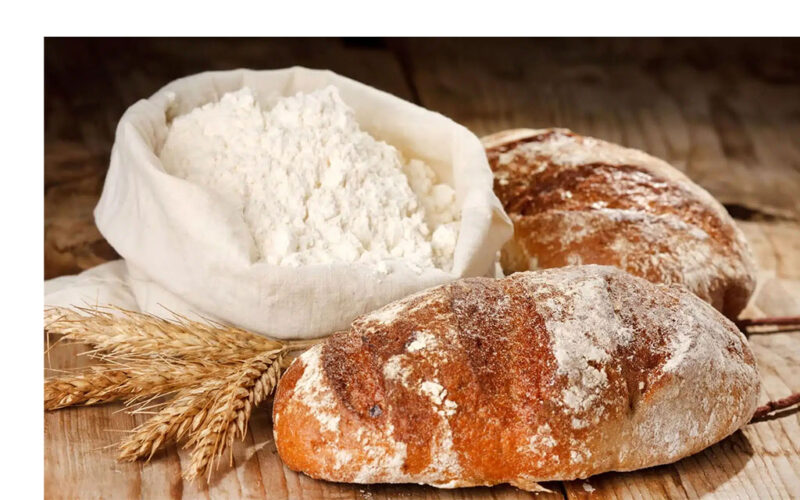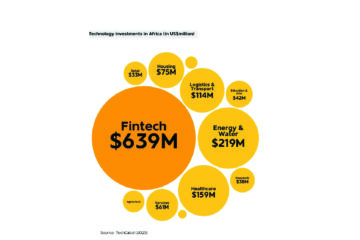Justicia Shipena
Residents in the Khomas region paid the highest price for white bread flour in June 2025, according to the latest Consumer Price Index (CPI) bulletin released by the Namibia Statistics Agency (NSA).
A 2.5kg bag of white flour costs N$53.21 in Khomas, compared to N$51.99 in southern and eastern regions and N$49.66 in the north.
For white cake flour (2.5 kg), the highest price was N$59.19 in the southern and Eastern regions followed by Khomas at N$57.55, while the north recorded the lowest price at N$52.64.
This comes as the country’s annual inflation rate stood at 3.7% in June 2025, lower than the 4.6% recorded in June 2024. Monthly inflation was unchanged 0.0%, down from 0.2% in May.
NSA statistician general and CEO Alex Shimuafeni said Zone 1, which includes Kavango East, Kavango West, Kunene, Ohangwena, Omusati, Oshana, Oshikoto, Otjozondjupa, and Zambezi, recorded the highest annual inflation at 3.9%.
Zone 3, which include //Kharas, Erongo, Hardap, and Omaheke, followed at 3.7%, While Zone 2, covering Khomas, had the lowest rate at 3.3%.
In Zone 1, inflation dropped from 4.8% in June 2024 to 3.9% June this year.
This drop was mainly due to falling prices in transport (from 8.4% to -0.9%), hotels and restaurants (4.1% to 2.4%), alcoholic beverages and tobacco (7.5% to 5.9%), and household furnishings (4.5% to 3.2%).
According to NSA, the monthly inflation stood at 0.2%.
Zone 2 saw its annual inflation decline from 4.8% to 3.3%.
This was driven by lower prices in transport (from 8.0% to -2.9%), recreation and culture (8.5% to 0.3%), hotels and restaurants (10.7% to 6.3%), and health services (4.4% to 1.0%).
The monthly inflation rate was -0.1%.
Zone 3’s inflation rate dropped slightly from 4.1% to 3.7%.
The main decreases were in transport (from 8.5% to -3.4%) and household furnishings (3.4% to 1.0%). Monthly inflation in Zone 3 was also -0.1%.
Shimuafeni said core inflation, which excludes food and energy, stood at 4.2% higher than the overall inflation rate
“The difference between core and headline inflation helps us better understand whether price changes are due to temporary shocks or broader economic shifts,” Shimuafeni said.
He added that the main contributors to the 3.7% annual inflation were food and non-alcoholic beverages, which added 1.3 percentage points.
Alcoholic beverages and tobacco, as well as housing, water, electricity, gas, and other fuels, each added 1.0 percentage point.




